At 15 films over the course of 21 years, Godzilla's first era, Shōwa, is also his longest. The Shōwa era refers to every installment that was produced during the reign of Emperor Shōwa (more commonly referred to by his first name, Hirohito, in the United States). The majority of the films over the course of this decades-long period were directed by one of two men.
Eight of the 15 films were directed by Ishirō Honda, including the original Gojira. Five of them were directed by Jun Fukuda, while two of them were one-offs. The outliers didn't exactly reach the franchise's heights, but it certainly took it in interesting directions. These movies may be cheesy, but their plots are also fairly adult, with core themes of greed, parentage, the dangers of pollution, and, especially, the dangers of nuclear war.
15 All Monsters Attack (1969)
The MonsterVerse is a sneakily great cinematic universe, and to stay that way it would be best if it stays away from every decision made to create All Monsters Attack and avoid them like the plague. Loaded front to back with stock footage, it would be easy to call All Monsters Attack a greatest hits album, but all the hits it shows are pretty far from being the greatest.
Instead, it's basically just a bunch of footage from Godzilla vs. the Sea Monster and Son of Godzilla, but with a little boy imagining it. By his side is a, for some reason, talking Minilla, who is absolutely insufferable to watch.
14 Godzilla Raids Again (1955)
Many pairings in the Godzilla franchise inspire smiles (e.g. Wyatt and Kurt Russell in Apple TV+'s Godzilla series), and the frequent collaborations of Godzilla and Anguirus are no exception. But their relationship didn't start that way, in fact, quite the opposite. Godzilla Raids Again (or Gigantis, the Fire Monster) was a rush job in the wake of Gojira's success, and it shows. Directed by B-movie helmer Tomoyuki Tanaka, it's a cheap outlier in the series that still technically pushed it forward.
It does include the franchise's first monster battle, but it's a laughable and laughably short scene that just has the two monsters basically shaking in front of one another. The only thing that works about the movie is lead performer Hiroshi Koizumi. Koizumi does the best he can with the script, but he would ultimately be put to much better use in Mothra vs. Godzilla and Ghidorah, the Three-Headed Monster.
13 Godzilla vs. Megalon (1973)
Jun Fukuda's penultimate installment in the franchise is infinitely inferior to the films that bookend it. But, its reputation as so-bad-it's-good is well-earned. And, while its cheap look seemed to spell the end of the franchise, it helps the movie's overall appeal in the long run. For instance, in the United States, its Mystery Science Theater 3000 episode boosted its camp fanbase.
Another sign of budgetary constraints is the immediate return of Gigan, who had faced the big G just one year earlier. Unfortunately, bringing that particularly deadly character back so early (and in such a considerably silly film) retroactively diminishes his impact in both Shōwa appearances. Godzilla vs. Megalonwas Fukuda's least effective of his five Godzilla films, but its cult appeal just goes to show that he contributed nearly as much to the Shōwa era as Honda.
12 Son of Godzilla (1967)
The concept of Kaiju-sized offspring could work in Legendary's MonsterVerse, but it would need to have a substantially better plot than the forgettable one seen in Son of Godzilla. Jun Fukuda's second time helming a Godzilla feature is a step down from his debut, Ebirah, Horror of the Deep (AKA Godzilla vs. the Sea Monster), but it has aspects that work for it.
The film's group of scientists setting up in a little cleared-out section of jungle leads to some fun and creepy Kamacuras (giant praying mantises) scenes. There's also island native Saeko Matsumiya's interactions with Minilla, and some of Godzilla's teaching sessions are fun. But, as a whole, Minilla doesn't work. He was always a too-goofy-looking character, and scenes that manage to build tension have that deflated when he lumbers through a shot, screeching "wah-wah!"
11 Godzilla vs. Hedorah (1971)
There were unconventional Godzilla movies before 1971's Godzilla vs. Hedorah (AKA Godzilla vs. the Smog Monster) and there were unconventional ones after (e.g. the talky but underrated Shin Godzilla), but it really is the king of the bizarre crop. Directed by Yoshimitsu Banno—who never helmed a film after Hedorah—it's an impressively passionate plea for environmental consciousness.
Admittedly, a lot of it plays like the filmmakers were on a ton of drugs, but that ads to its early-'70s charm. And given the fact it still eventually gets around to a pretty solid monster battle, Godzilla vs. Hedorah is a minor success in the Shōwa era's latter half.
10 Ebirah, Horror of the Deep (1966)
The late Akira Takarada was one of the most prolific franchise performers Godzilla has had (seven total appearances), and his performance as an antiheroic thief goes a long toward making Ebirah, Horror of the Deep work as well as it does. The film was Jun Fukuda's first behind the camera, but the family-friendly shift in the franchise's tone hadn't yet started to become more apparent.
Instead, Ebirah, Horror of the Deep is a movie about slavery. The movie's island setting is populated by two groups (besides the protagonists): The natives, and the Red Bamboo (a terrorist organization). The latter forces the former to make a yellow liquid that keeps away the sea monster, but they're soon going to learn that there are bigger problems than giant lobsters. The film's early out-at-sea attack sequences are very effective to this day and help set the jungle-set movie apart from its similar, and much lighter, sequels.
9 Destroy All Monsters (1968)
Destroy All Monsters ranks high on many of the franchise's ranking lists, but it's really more in the average range. With that being said, it does play like an event (even if the alien antagonists feel like lighter versions of Invasion of Astro-Monster's from three years back). And, considering it saw Ishirō Honda return to the franchise after a two-film hiatus, Destroy All Monsters really was an event.
But, if viewed as a chance to see 15 or so famous monsters return for the first time since their solo ventures (or previous battles with Godzilla), it's a mixed bag. Monsters like Varan, Baragon, and Kamacuras get shorted in both the worldwide city destruction montage and the final battle. Speaking of the final battle, any event feel the film has spent over an hour building is immediately dissipated by the revelation that the antagonists' big secret weapon is just Ghidorah again. Ghidorah is an intimidating presence, but in his eponymous movie he was taking on three monsters and lost, then he faced two of them again and, again, lost. So for Destroy All Monsters to again throw Ghidorah against not only those three monsters, but a handful of others makes it seem like the final battle has a foregone conclusion even before Ghidorah's golden feet have hit the ground.
8 King Kong vs. Godzilla (1962)
King Kong vs. Godzilla saw Ishirō Honda return to the franchise after sitting out the second installment, and the results are spectacular. But there'd be a stretch of Honda-helmed G films that were even better, all of which drastically expanded the Toho lore, with new monsters like Ghidorah and returning favorites like Mothra and Rodan.
But there's a reason the MonsterVerse came back to the movie's core concept of having arguably the two most famous massive monsters of all time fight, as it's a fun one. And to Godzilla vs. Kong's credit, the 2021 film is just as good if not a tiny bit better than the 1962 entry.
7 Terror of Mechagodzilla (1975)
Terror of Mechagodzilla may be the final chapter of Godzilla's Shōwa era, but nevertheless, the monster and franchise have survived decades, eras, and failed American reboots. As finales go, it's no Godzilla vs. Destoroyah, but as an entry in the Shōwa era, it's a mixed bag with more good than bad.
Having Mechagodzilla back is a bit of a letdown after having just seen him in the previous film. But, there are technically upped stakes. For one, Godzilla doesn't have the lion-like King Caesar by his side and, two, he also has to go against Titanosaurus. That said, Titanosaurus is more of a joke without a punchline than an intimidating antagonist. Interestingly enough, Terror of Mechagodzilla saw Honda return to close out the era, surprising considering the last three in a row were Fukuda installments.
6 Godzilla vs. Gigan (1972)
Godzilla hasn't lost many fights over the course of his decades-long career, but he comes close in Godzilla vs. Gigan. The tone of Jun Fukuda's filmis a major departure from his previous two (the last of which was released five years prior). On one hand, it doesn't have the severe plot lines of Ebirah, Horror of the Deep, or Son of Godzilla (the central through line is about the climate). Instead, it's another alien invasion plot, this time with a pair of alien cockroaches posing as a dead teacher and his student.
Their plan is to create and spread peace, which they seem to vocalize as often as possible (never a good sign). Their method: A monster-themed amusement park with a Godzilla tower as its central attraction. Of course, the pair of space bugs don't disclose that their fellow extraterrestrial pals Gigan and King Ghidorah are on the way. A lot works about the film, from the performances of the goofy main trio to the inclusion of Ghidorah and Anguirus. But what really helps Godzilla vs. Gigan stand out is the design of the chainsaw-bellied bird cyborg Gigan as well as the brutality of its action sequences.
5 Invasion of Astro-Monster (1965)
One of the most essential Toho Godzilla movies, Invasion of Astro-Monster (or, more commonly in the United States, Godzilla vs. Monster Zero) was one of the first major uses of an American star in an overseas kaiju pic. The film was Honda's fourth in just as many years, and after this, he'd hand the reins to Fukuda for several years.
The humanoid alien plotline works a bit better than the convoluted Ghidorah, the Three-Headed Monster, but where the movie falls short is the stakes and action sequences. Much of the destruction in Invasion of the Astro-Monster is stock footage, particularly from the aforementioned Ghidorah. And that film had Godzilla, Rodan, and Mothra taking on the three-headed beast, whereas the immediate sequel takes one adversary (Mothra) out of the equation. It's a ridiculously fun movie, but it still feels slightly less essential than the film that preceded it.
4 Godzilla vs. Mechagodzilla (1974)
While Mechagodzilla could have played off like Toho running out of ideas for the franchise (the two Mechagodzilla films closed out the Shōwa era), 1974's Godzilla vs. Mechagodzilla instead feels like the franchise both trying new things and treading familiar ground. As for the titular adversary itself, Mechagodzilla is one of Godzilla's most formidable adversaries, which, like in Godzilla vs. Gigan, is proven by several arterial sprays.
Jun Fukuda's Godzilla vs. Mechagodzilla saw the director leaving the franchise on a high note, delivering a film that plays like a wackier version of a Connery-era Bond film. King Caesar may be a bit on the ridiculous side, but his elongated awakening scene is a Shōwa era classic.
3 Ghidorah, the Three-Headed Monster (1964)
Impeccable creature design is one of several elements that make for a great Godzilla film, and the title creature of Ishirō Honda's Ghidorah, the Three-Headed Monster is impeccably designed. Admittedly, the amnesiac space princess plot drives some off, but there's no denying the scenes of her prognostications coming true are each stellar. From Rodan emerging from the canyon to Godzilla emerging from the bay as boat horns honk around him and, especially, Ghidorah's magnetic egg attracting the hikers' tools before dropping them and cracking open.
It's also the last installment to feature the original Sobijin. Japanese singers The Peanuts (Emi and Yumi Itō) reprise their roles from 1961's Mothra and the same year's Mothra vs. Godzilla. Mothra's two fairy princesses are a staple of both franchises, with even 2014's Godzilla: King of the Monsters paying homage to them. And they serve a major part of the narrative's development, with the twins effectively orchestrating a treaty (carried out by Mothra) between Rodan and Godzilla, two characters who appeared to be staying on the path of evil. In other words, Ghidorah, the Three-Headed Monster is a turning point for the Godzilla franchise, and the first in a line of increasingly silly heroic adventures for the title character.
2 Mothra vs. Godzilla (1964)
If there's anything Warner Bros. could learn from the past when it comes to the MonsterVerse, it's the focus on strongly-developed human characters. And they can be somewhat bizarre human characters, such as those in Godzilla vs. Gigan, because many narratives in the franchise already hit the peak of outlandishness. But this isn't the case with the Shōwa era's fourth film (Honda's third): Godzilla vs. Mothra. It's a relatively simple story of what happens when something utterly unique, and incredibly valuable, washes up on a beach.
In this case, an egg, which a pair of businessmen want to use as a central attraction in a prospective theme park. But the rightful owner, Mothra, and her twin Shobijin, have come to find it. Then, a third party enters the fray (or rather, breaks from the ground in arguably the franchise's best monster reveal scene) to throw a wrench in everything. But with terrific creature design, very solid performances, and an iconic final battle, Mothra vs. Godzillaisn't just a well-shot kaiju classic, it's a classic movie overall.
1 Gojira (1954)
Ishirō Honda's Gojira has consistently been referenced by franchise installments throughout the eras. For instance, Godzilla vs. Destoroyah heavily revolves around the original film's Oxygen Destroyer and the consequences of using such a thing. The film's eerie black-and-white presentation is infinitely beneficial to the film's tone, and on top of some of the entire franchise's most disturbing scenes— e.g. the mother sitting on a curb, cradling her baby against herself, both sobbing as buildings crumble around them—Gojira has a wonderful and perfectly modulated reveal for the titular creature.
From the boat-destroying flashes in the middle of the ocean to the radioactive trilobite, the roaring head above the mountain to the monster's struggle with some powerful power lines, everything works. Gojira also contains a pretty heartbreaking love triangle, with a tragic conclusion that sees Akihiko Hirata's Dr. Serizawa sacrifice himself using the Oxygen Destroyer to kill Godzilla. It wasn't until 1984's The Return of Godzilla, the first entry of Godzilla's Heisei Era, that Toho would get quite this dark again.
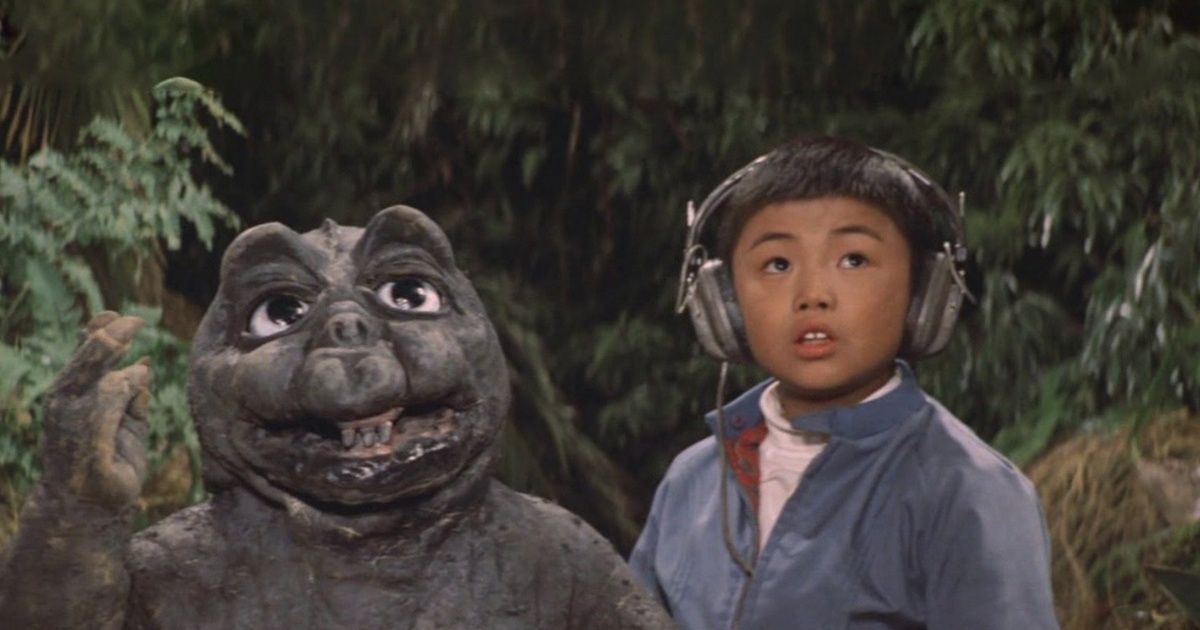
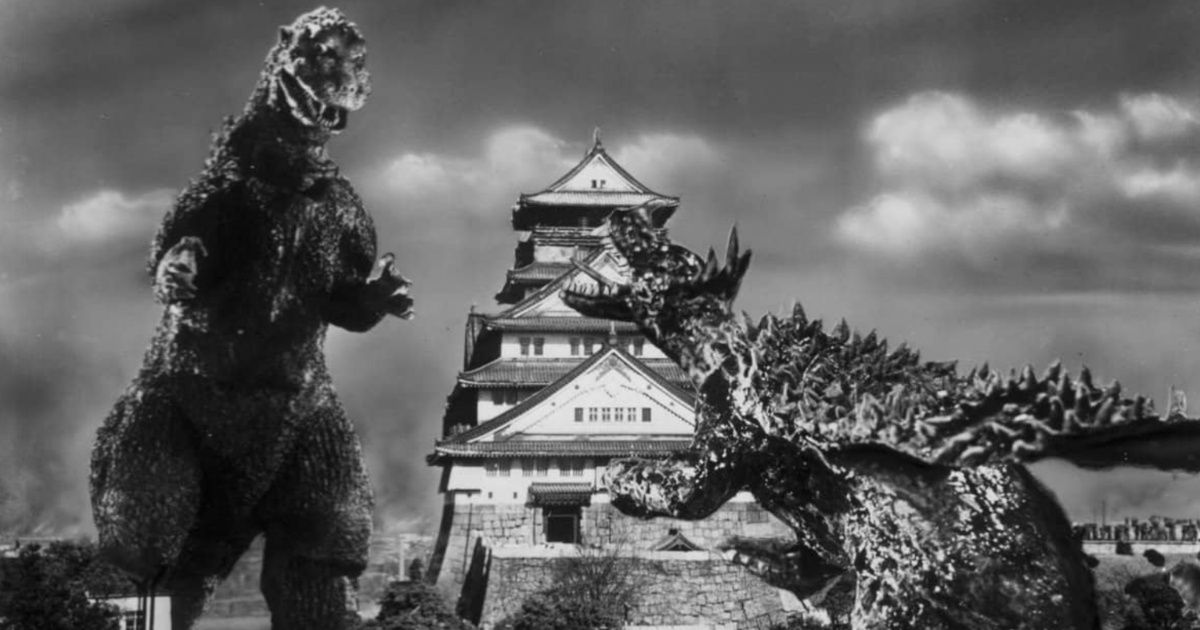
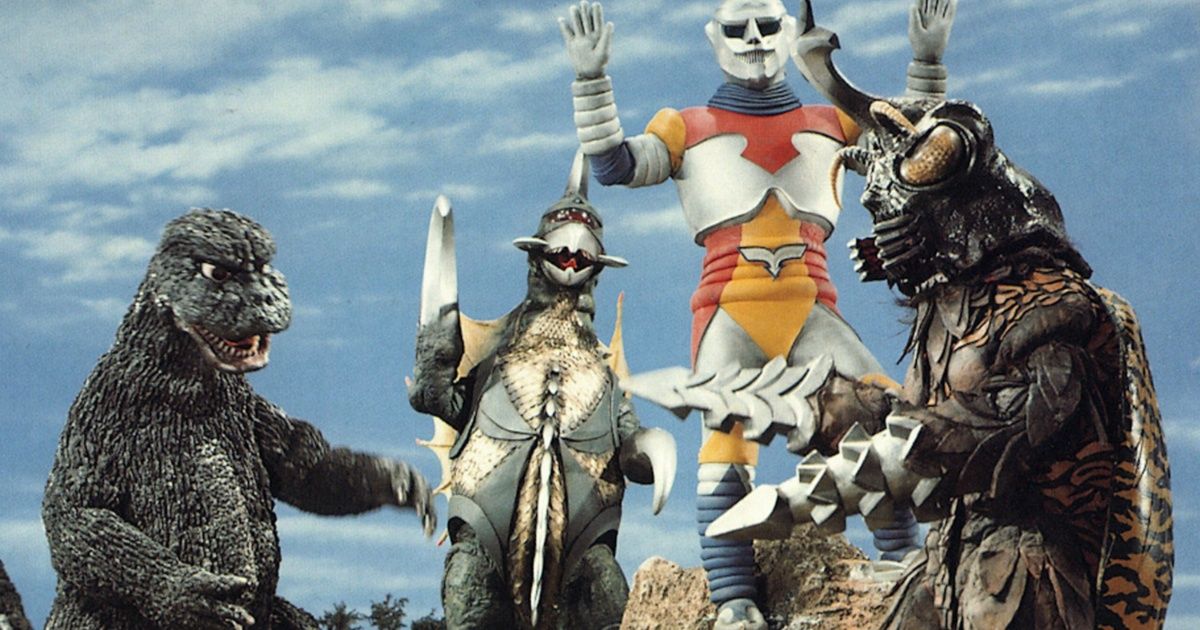
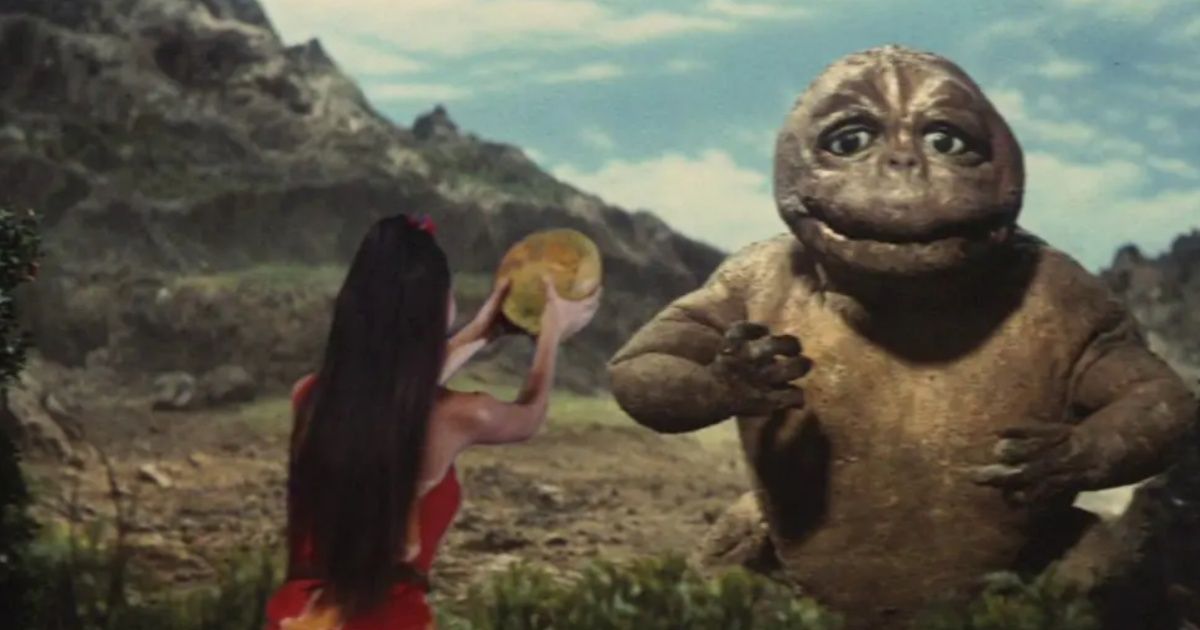
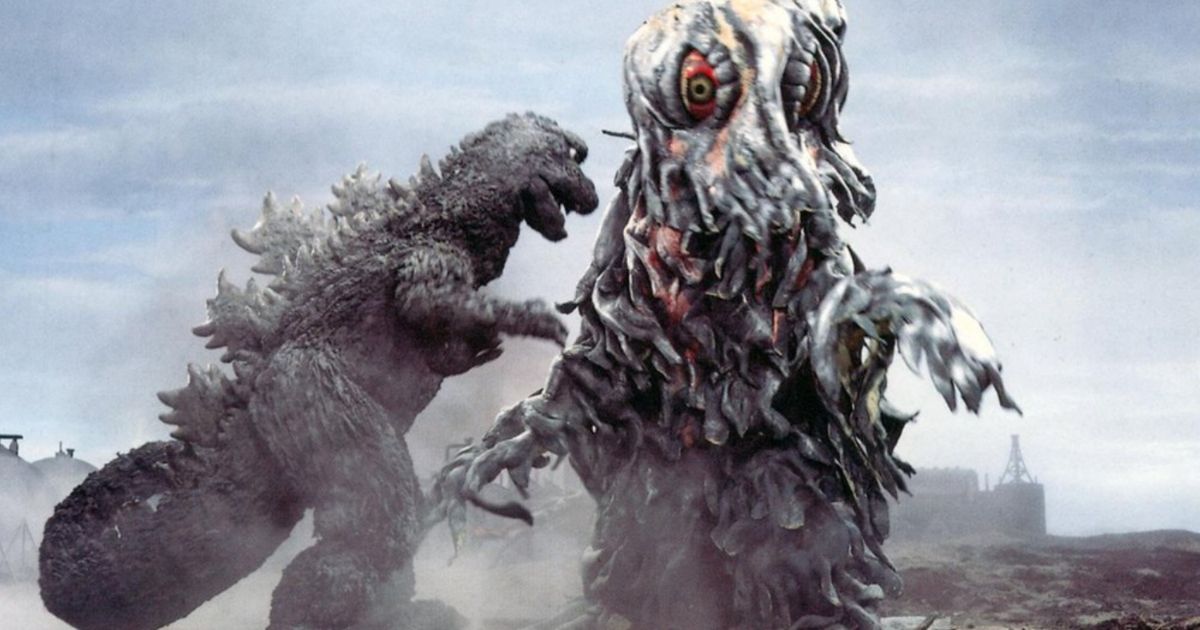
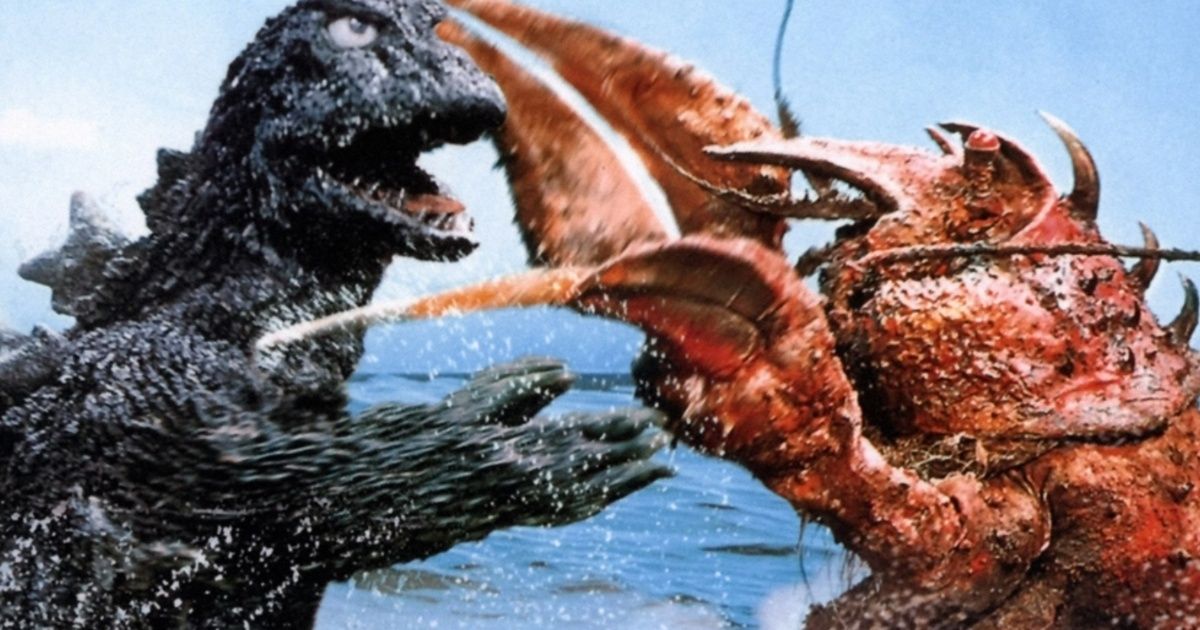
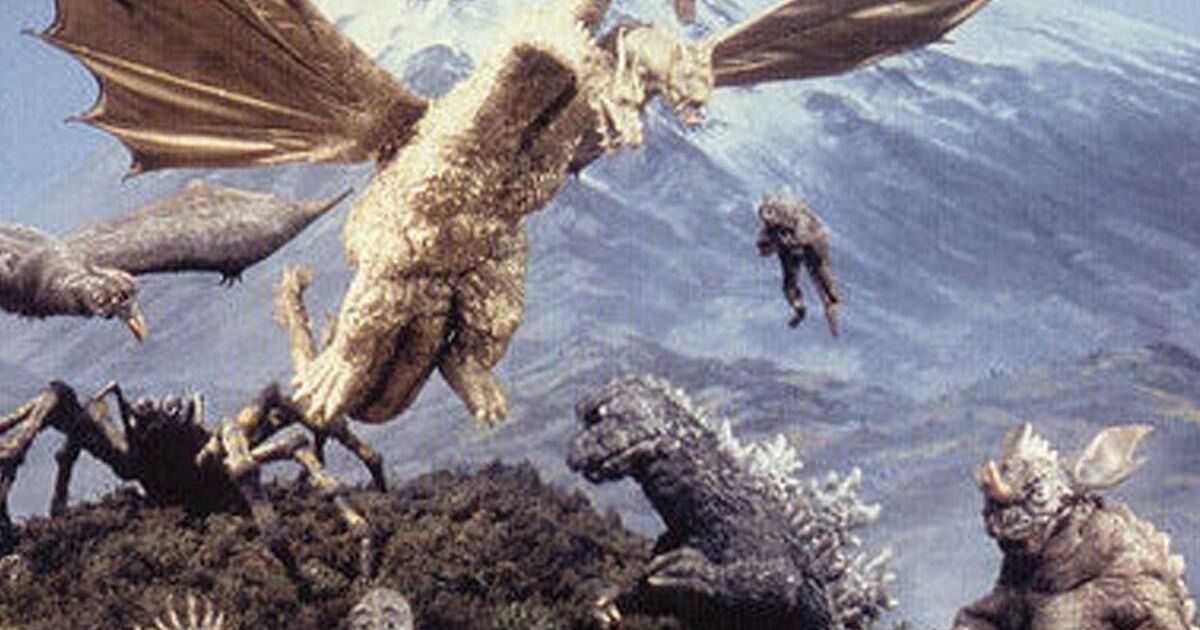
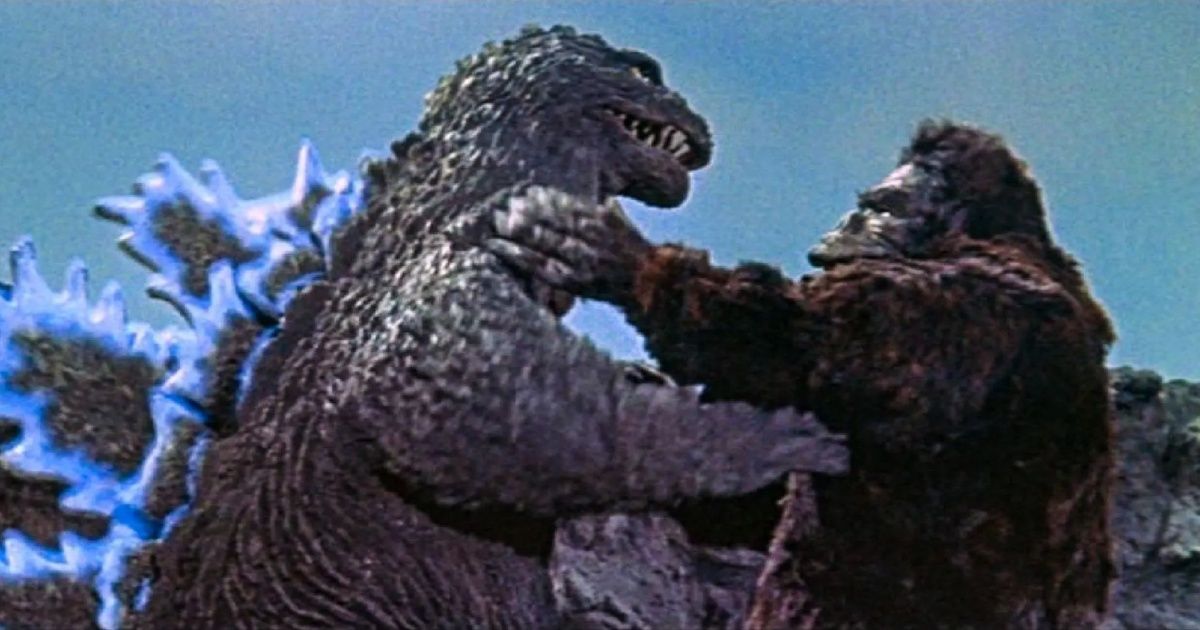
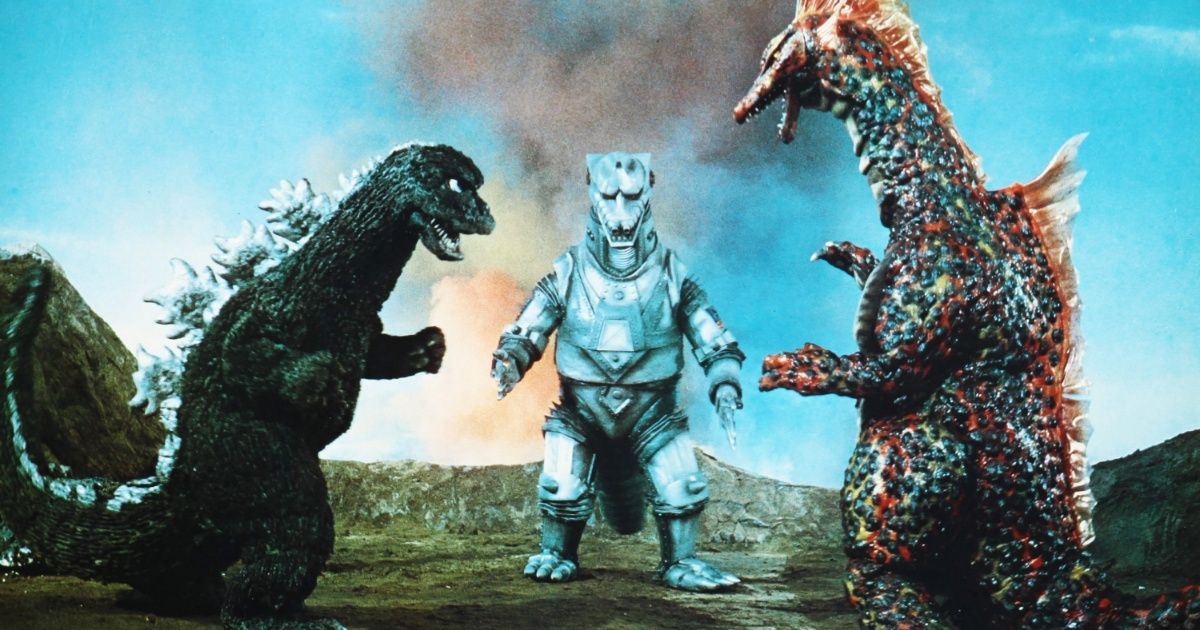
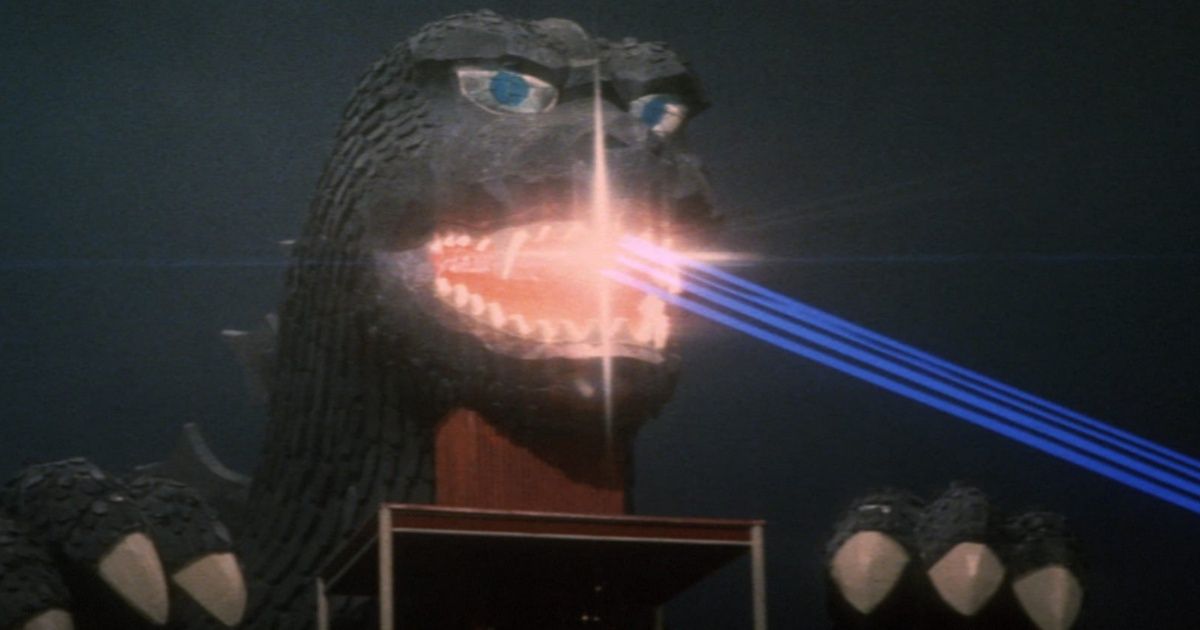
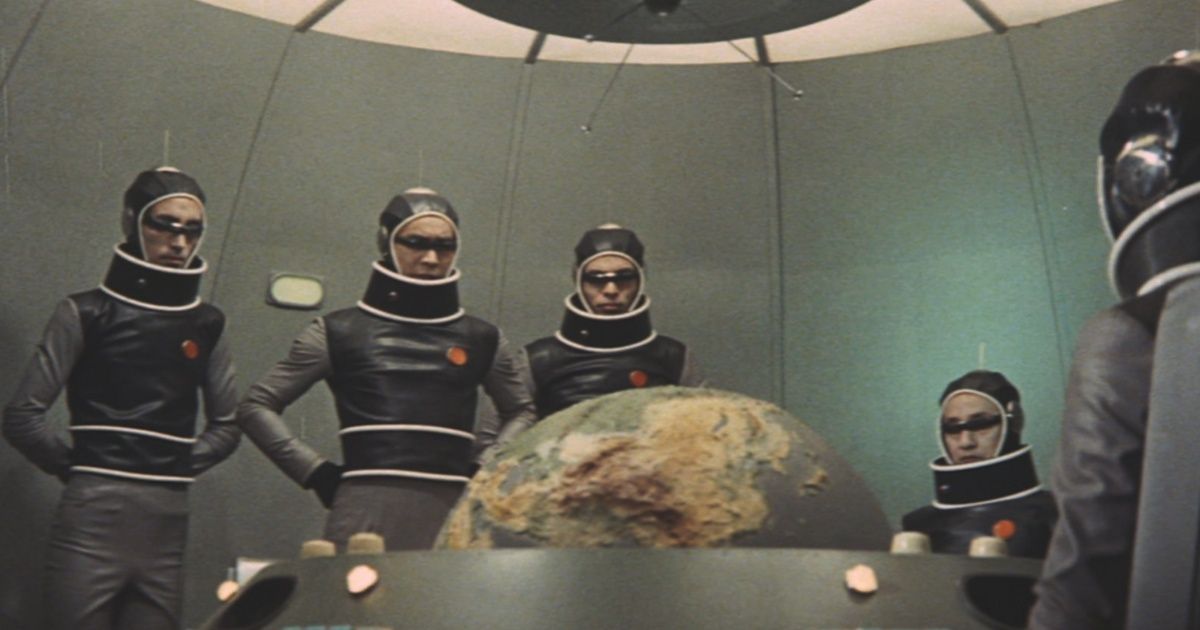
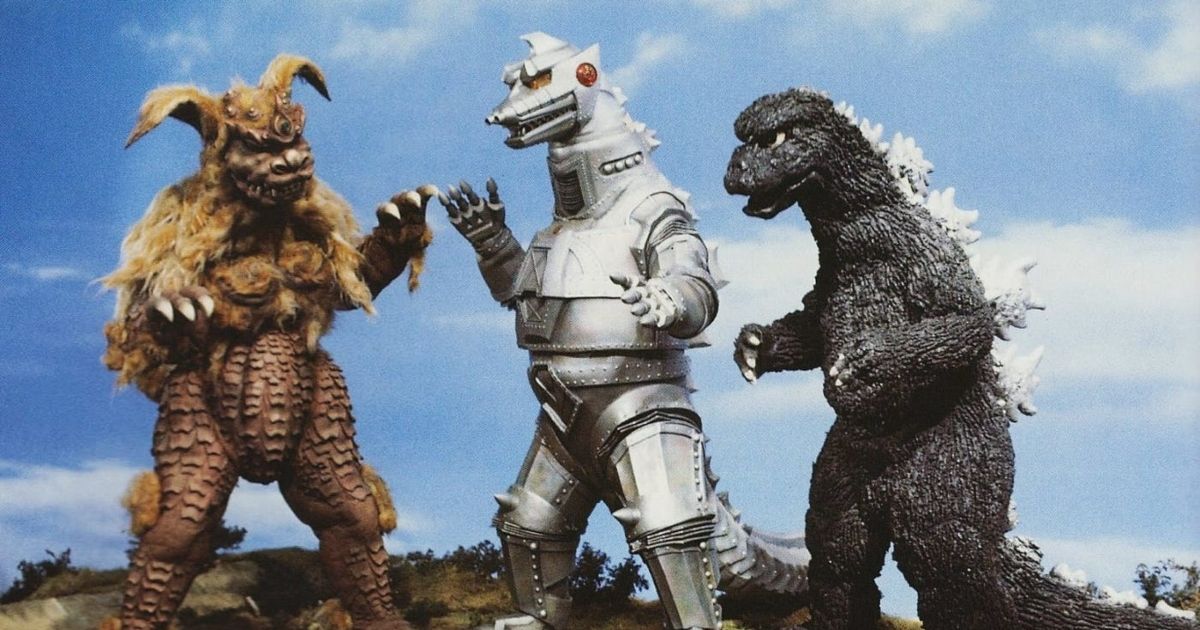
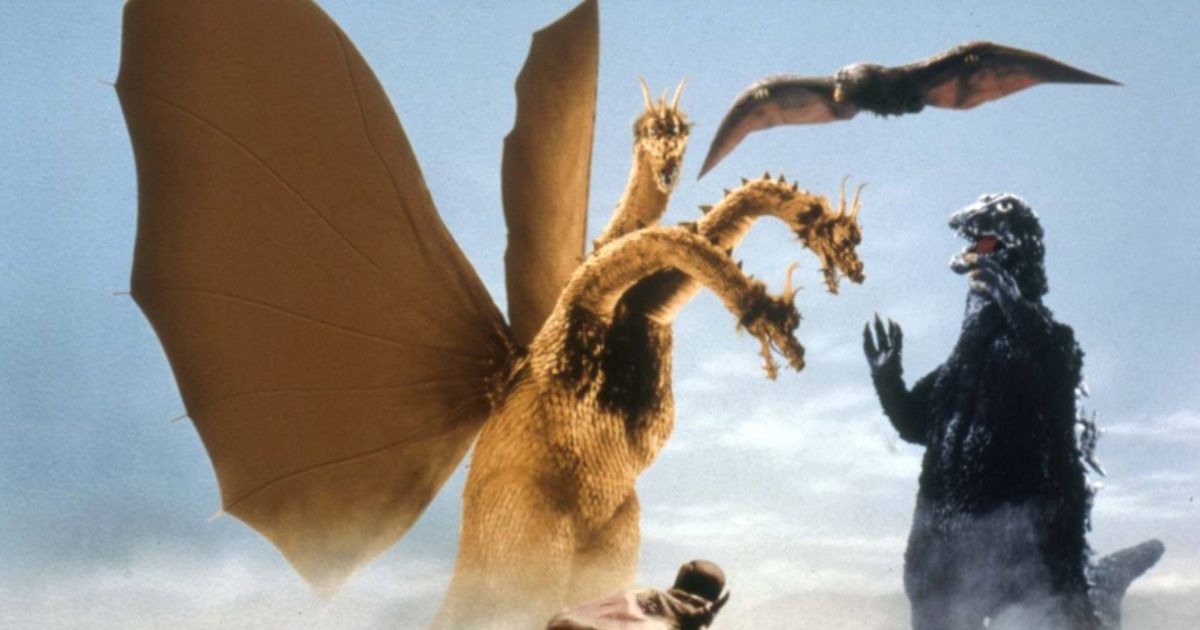

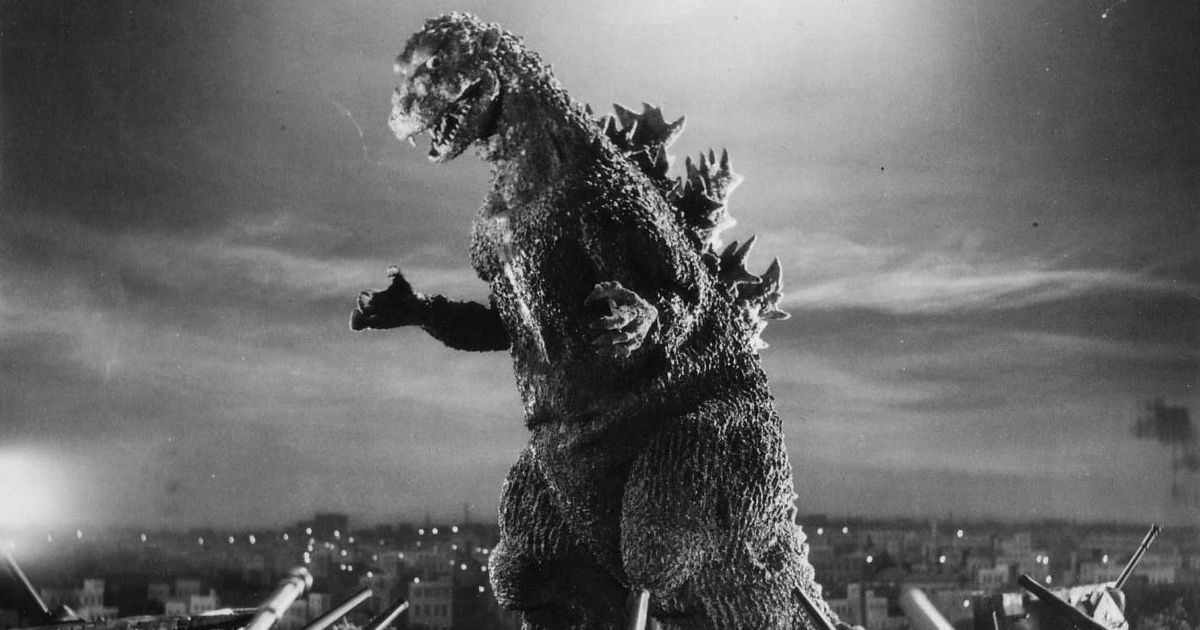
Comments
Post a Comment